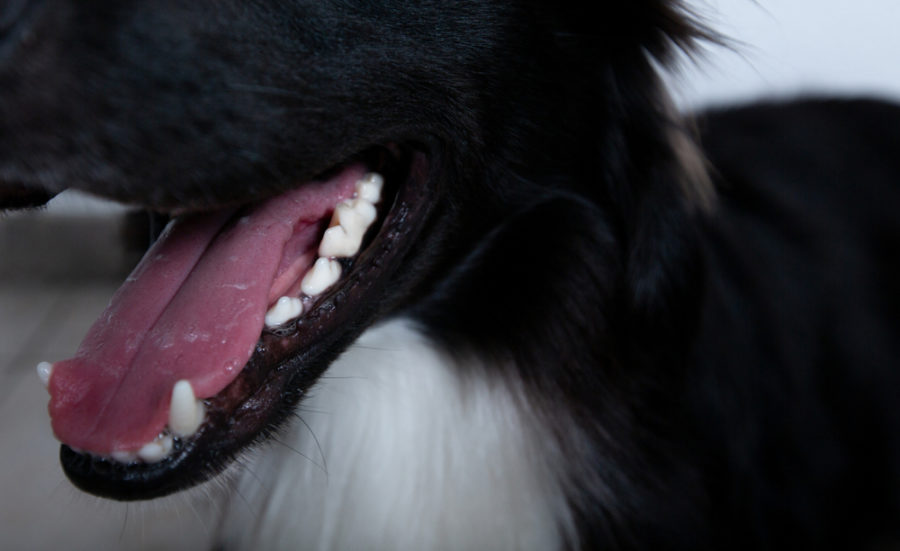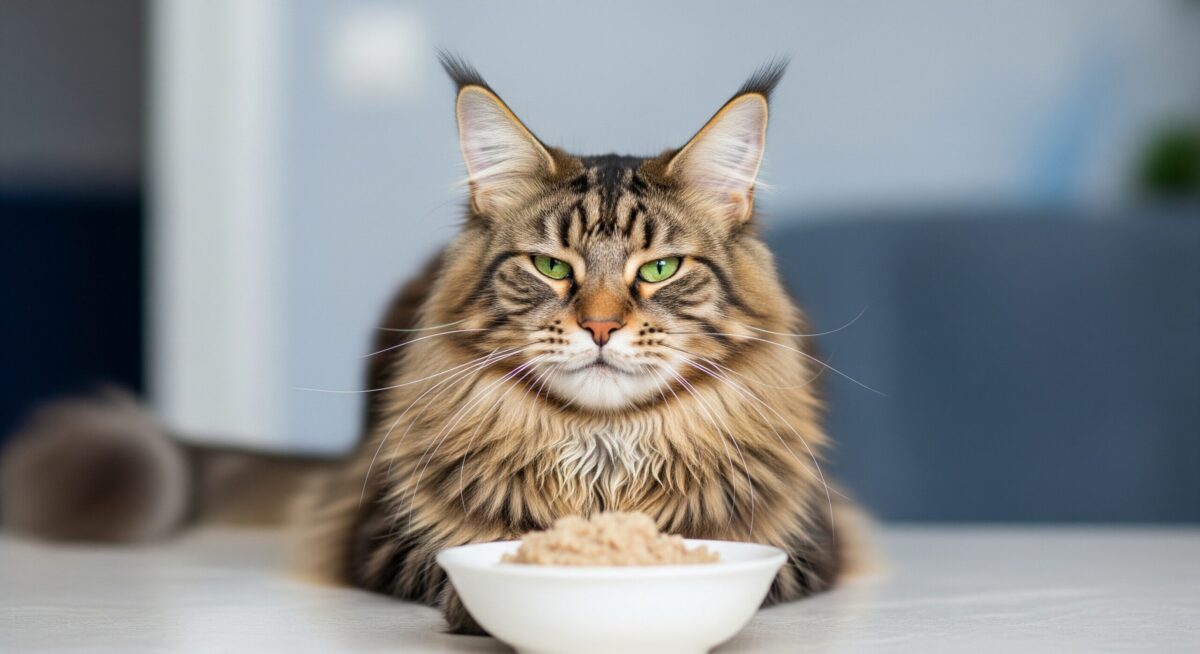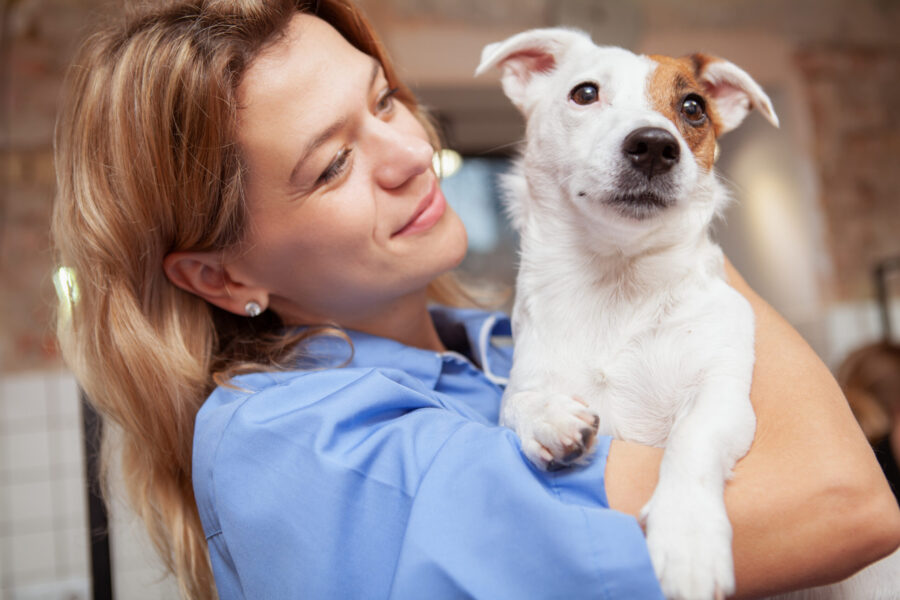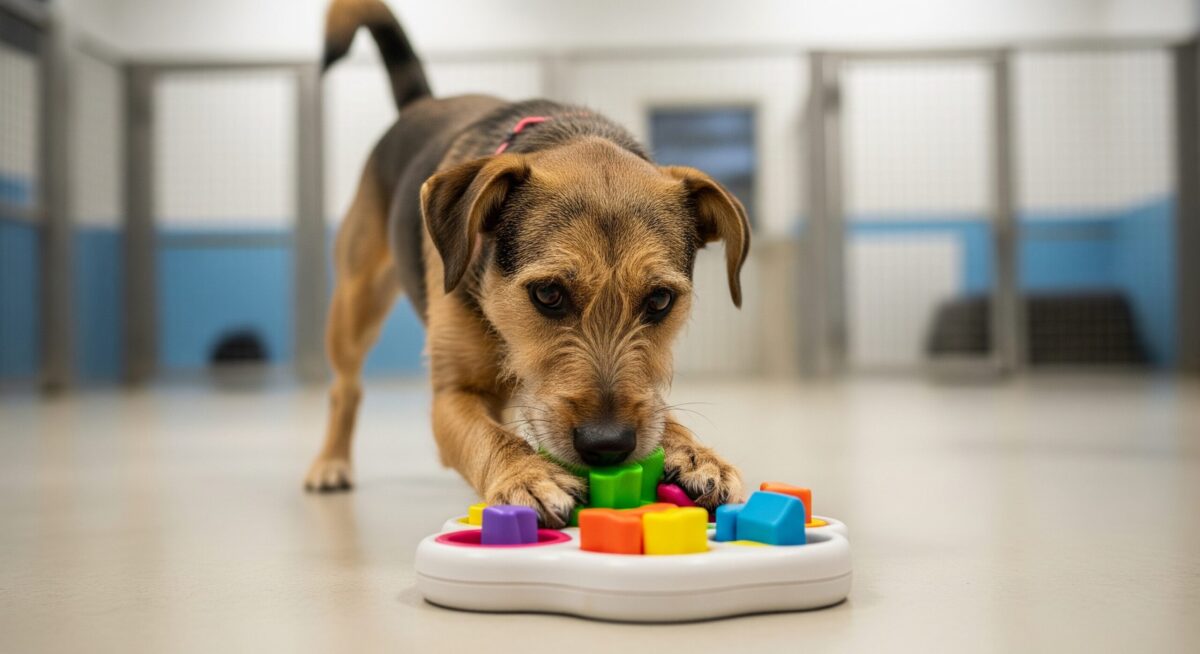A look into how the microbiome influences dental health and can lead to halitosis in your canine and feline patients.
Halitosis (bad breath), is the third most searched topic amongst pet parents, after GI and skin issues. Recent scientific advances have shown that these three issues are far more connected than previously thought. Here we cover how the oral microbiome and the gut microbiome influence dental health, and how veterinarians can treat and prevent periodontal disease with microbiome support.
A microbiome perspective
We’ll start by debunking the theory that simply the presence of particular bacteria causes bad breath. Halitosis-associated bacteria live in low abundances on the tongue and in gum pockets of healthy pets, suggesting that it is rather an imbalance in the composition of all of the oral bacteria that is the root cause of dental health issues.
An imbalance in the oral microbiome happens when there are too many harmful bacteria and not enough beneficial bacteria, such as those that aid in remineralization of tooth surfaces or protect against pathogens. Left untreated, an imbalanced oral microbiome may not be able to fulfill all of its functions, thus creating a self-perpetuating cycle that can lead to stomatitis, periodontal disease, and even oral cancer.
An imbalanced oral microbiome doesn’t just affect what’s happening in the mouth – it alters the gut microbiome too. Periodontal disease creates a state of chronic systemic inflammation, which has negative consequences on the gut microbiome.1 Similarly, it’s important to note that a dysbiotic gut microbiome in a state of inflammation can alter the makeup of other local microbial communities, including the oral microbiome.
Several studies highlight the link between oral health and gut microbiome. For example, one study found that orally administered Porphyromonas gingivalis, a known dental pathogen, negatively affected the gut microbiome.2 Another study found that periodontal treatment positively altered both oral and gut microbiomes.3
Target the microbiome
In addition to good dental hygiene practices, oral and gut microbiome support can be an effective intervention and preventative treatment for the root causes of bad breath. There are several ways to help your patients achieve and maintain balanced oral and gut microbiomes.
The first way is to assess their diet. Often, a simple diet change can resolve microbiome imbalances. For example, some vitamin and mineral deficiencies are associated with the progression of periodontal disease. Nutrient imbalances and food allergies can cause inflammation in the gut microbiome, which can lead to bad breath too. The addition of dietary prebiotics is an easy way to promote the growth of beneficial oral bacteria, especially in pets that protest teeth brushing.
The next way is to utilize oral and gut microbiome testing. Microbiome testing can identify dysbiosis, missing beneficial bacteria, existing pathogenic bacteria, and diet-induced dysbiosis. Diagnostic testing can catch imbalances early and help you make informed decisions about your patients’ care.
Lastly, microbiota restoration therapy is a safe and effective method for resolving imbalances in the gut microbiome that may be causing halitosis. You can learn more about the benefits of microbiota restoration therapy for microbiome-related conditions here.
- Horliana ACRT, Chambrone L, Foz AM, et al. Dissemination of periodontal pathogens in the bloodstream after periodontal procedures: a systematic review. PLoS One. 2014;9(5):e98271.
- Sato K, Takahashi N, Kato T, et al. Aggravation of collagen-induced arthritis by orally administered Porphyromonas gingivalis through modulation of the gut microbiota and gut immune system. Sci Rep. 2017;7(1):6955.
- Bajaj JS, Matin P, White MB, et al. Periodontal therapy favorably modulates the oral-gut-hepatic axis in cirrhosis. Am J Physiol Gastrointest Liver Physiol. 2018;315(5):G824-G837.








